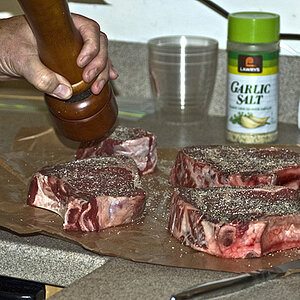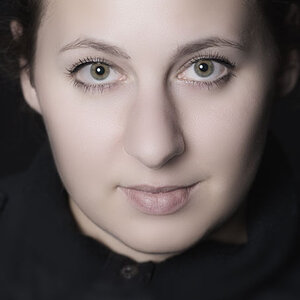TomBrooklyn
TPF Noob!
- Joined
- Jul 4, 2008
- Messages
- 11
- Reaction score
- 0
- Can others edit my Photos
- Photos OK to edit
When processing photos in the sRGB color space, can better quality be achieved by using 16bit, as opposed to 8bit?
Is it even possible to use 16bit with sRGB?
When Adobe Lightroom 4 sends a photo to Photoshop (or any other photo editor) for editing, it gives a choice of sending it in 16 or 8 bit.
Is it even possible to use 16bit with sRGB?
When Adobe Lightroom 4 sends a photo to Photoshop (or any other photo editor) for editing, it gives a choice of sending it in 16 or 8 bit.


![[No title]](/data/xfmg/thumbnail/32/32163-b5a5e5cde131a9d14df7f164ab9cb8ab.jpg?1619735234)

![[No title]](/data/xfmg/thumbnail/38/38262-10a9668da9a2b36a92cddde57caf87bc.jpg?1619738547)


![[No title]](/data/xfmg/thumbnail/34/34698-b2d730db25fc800b9d7d5baf3d251239.jpg?1619736607)
![[No title]](/data/xfmg/thumbnail/38/38263-ad5e4c9e677626ddb5b1e7cdf9ebe40e.jpg?1619738548)
![[No title]](/data/xfmg/thumbnail/32/32631-60d0db057ee085953a0921e337396654.jpg?1619735552)

![[No title]](/data/xfmg/thumbnail/40/40287-4f839095000f74d779b90ed75df9dc62.jpg?1619739408)
![[No title]](/data/xfmg/thumbnail/39/39509-3c2c5856429b4b8ff3cf44cd3b2afa8c.jpg?1619739064)
![[No title]](/data/xfmg/thumbnail/33/33440-0778f3522902634844facab43c5a29fa.jpg?1619735969)